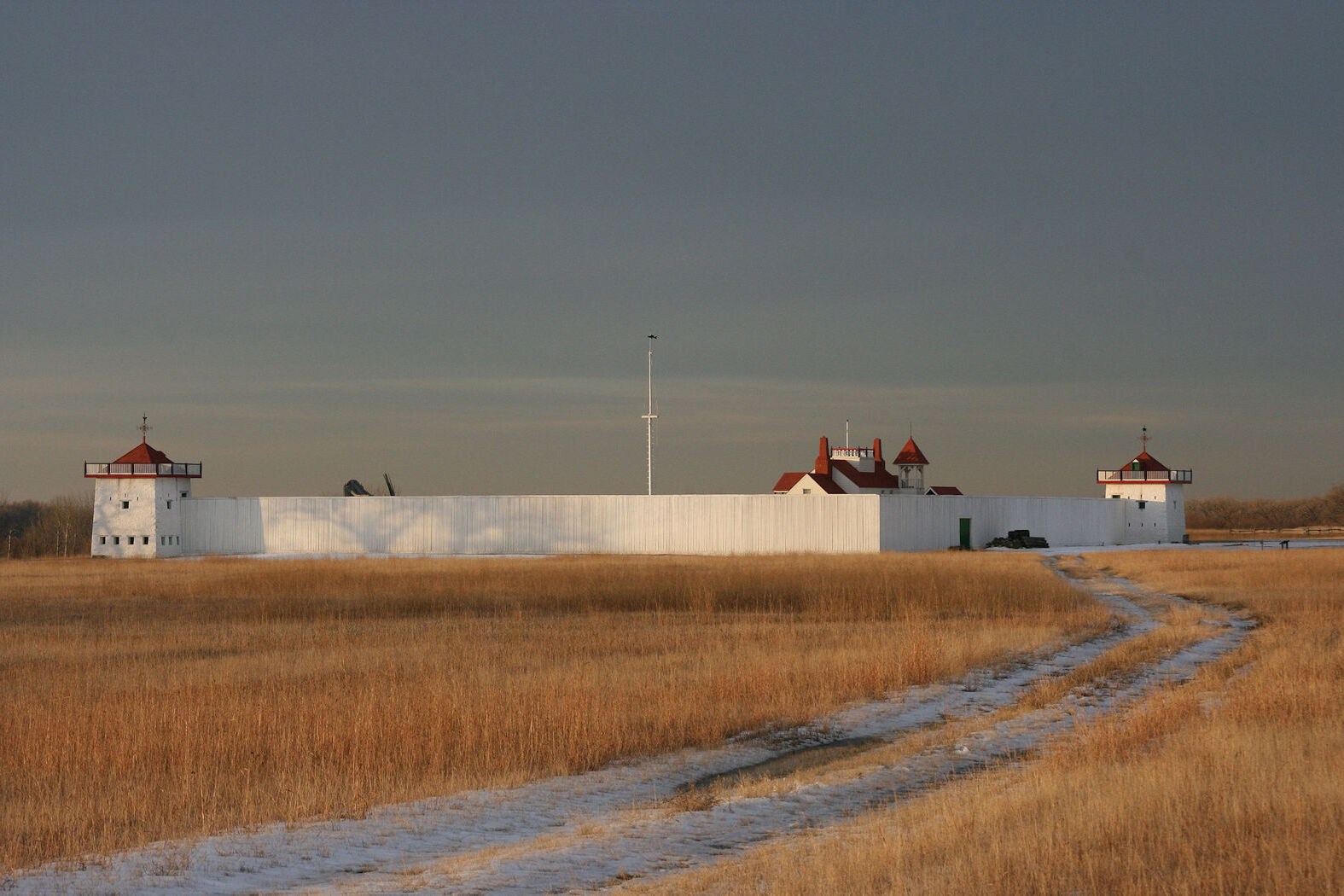Lost Trading Posts Of The Dakota Territory

Imagine stepping back in time to the Dakota Territory, a place where traders and pioneers once roamed. These trading posts were bustling hubs of activity, where fur traders, Native Americans, and settlers exchanged goods and stories. Today, many of these historic sites remain hidden, waiting to be rediscovered. Exploring these lost trading posts offers a glimpse into the past, revealing tales of adventure and survival. From the banks of the Missouri River to the vast plains, each location holds its own secrets. Whether you're a history buff or just curious, visiting these sites can be like opening a time capsule. Get ready to learn about the rich history and culture that shaped this region. Join us as we uncover the stories behind these forgotten places and the people who once called them home.
The Fascinating History of Dakota Territory Trading Posts
In the vast expanse of the Dakota Territory, trading posts once thrived as bustling centers of commerce and culture. These outposts were essential for trade between Native American tribes and European settlers. Let's journey through time and uncover some of these lost trading posts.
1. Fort Pierre Chouteau
Fort Pierre Chouteau was a major trading hub along the Missouri River. Established in the early 19th century, it played a crucial role in the fur trade. Traders exchanged goods like furs, beads, and tools with the Lakota Sioux. The fort's strategic location made it a key player in the region's economy.
2. Fort Union Trading Post
Perched on the banks of the Missouri River, Fort Union Trading Post was a bustling center for trade. It served as a meeting point for various tribes, including the Assiniboine and Crow. Traders bartered for buffalo robes, beads, and other goods. The fort's vibrant history reflects the diverse cultures that converged here.
3. Fort Clark Trading Post
Fort Clark was another significant trading post along the Missouri River. It was a vital link in the trade network, connecting the Mandan and Hidatsa tribes with European traders. The fort witnessed the exchange of goods like corn, pottery, and furs. Its legacy lives on in the stories of those who traded there.
4. Fort Laramie
Fort Laramie, though primarily known as a military post, also served as a trading center. Located along the Oregon Trail, it was a crucial stop for pioneers and traders. The fort facilitated trade with the Cheyenne and Arapaho tribes, exchanging goods like blankets, guns, and horses. Its role in the westward expansion is legendary.
5. Fort Berthold
Fort Berthold was a key trading post for the Arikara, Mandan, and Hidatsa tribes. Situated near the confluence of the Missouri and Knife Rivers, it was a hub for exchanging goods like corn, hides, and tools. The fort's history is intertwined with the cultural exchanges that took place here.
6. Fort Abercrombie
Fort Abercrombie, located near the Red River, was a vital trading post in the Dakota Territory. It served as a gateway for trade between settlers and Native American tribes. The fort facilitated the exchange of goods like flour, tobacco, and textiles. Its strategic location made it a crucial link in the trade network.
7. Fort Ransom
Nestled in the Sheyenne River Valley, Fort Ransom was a lesser-known trading post. It played a role in trade with the Dakota Sioux, exchanging goods like beads, blankets, and food supplies. The fort's history is a testament to the interconnectedness of cultures in the region.
8. Fort Totten
Fort Totten, located near Devils Lake, was a trading post that also served as a military fort. It facilitated trade with the Dakota Sioux, exchanging goods like clothing, tools, and food. The fort's dual role as a trading and military post highlights its significance in the region.
9. Fort Rice
Fort Rice, situated along the Missouri River, was a trading post that also served as a military outpost. It played a role in trade with the Lakota Sioux, exchanging goods like ammunition, food, and clothing. The fort's history is a reflection of the complex interactions between settlers and Native American tribes.
10. Fort Buford
Fort Buford, located at the confluence of the Missouri and Yellowstone Rivers, was a significant trading post. It facilitated trade with the Assiniboine and Sioux tribes, exchanging goods like blankets, tools, and food supplies. The fort's strategic location made it a key player in the region's trade network.
Rediscovering History's Footprints
The lost trading posts of the Dakota Territory offer a unique glimpse into a time when the American frontier was bustling with trade and cultural exchanges. These posts were more than just places of commerce; they were hubs where diverse groups met, shared stories, and forged connections. Exploring these sites today, one can almost hear the echoes of traders, trappers, and Native Americans who once gathered there. While many of these posts have vanished, their legacy lives on in the stories and artifacts left behind. Visiting these historical sites provides a tangible connection to the past, allowing us to appreciate the rich tapestry of history that shaped the region. As you walk these grounds, imagine the vibrant exchanges that took place and the pivotal role these posts played in the development of the Dakota Territory. History's footprints are waiting to be rediscovered.

